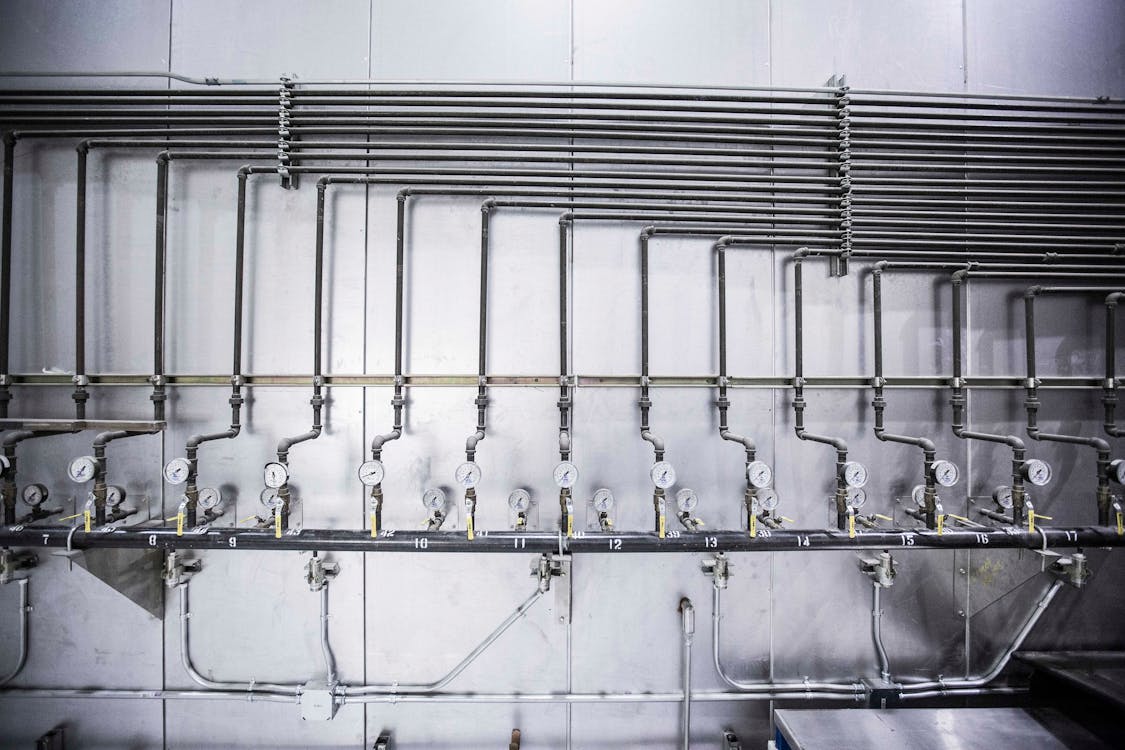Gas Pressure Calculator
Calculate the pressure of a gas based on its volume, moles, and temperature using the ideal gas law. Designed for educational purposes.
※ Use if necessary
Gas Pressure Calculator
Determine the pressure of a gas using the ideal gas law based on volume, moles, and temperature.
These results are for reference only and were developed for educational and testing purposes. You can also directly access and review the source code, including the logic and free APIs used on this page.
Calculation Results
Gas Pressure Calculator Guide
The Gas Pressure Calculator is a tool designed to compute the pressure of an ideal gas using the ideal gas law, PV = nRT. This guide provides instructions for using the calculator and objective information about the ideal gas law and related concepts.
How to Use the Gas Pressure Calculator
Follow these steps to calculate gas pressure:
- Enter the Volume: Input the volume of the gas in liters (L).
- Enter the Moles: Input the number of moles (mol) of the gas.
- Enter the Temperature: Input the temperature in degrees Celsius (°C), which will be converted to Kelvin (K).
- Select Pressure Unit: Choose the desired unit for pressure (atm or kPa).
- Calculate: Click "Calculate Gas Pressure" to view the results.

The Ideal Gas Law
The ideal gas law relates pressure (P), volume (V), number of moles (n), gas constant (R), and temperature (T) through the equation:
- Formula: PV = nRT
- P = Pressure (atm or kPa)
- V = Volume (L)
- n = Number of moles (mol)
- R = Gas constant (0.08206 L·atm/(mol·K) for atm, 8.314 J/(mol·K) for kPa)
- T = Temperature (K)
Rearranged to solve for pressure: \(\textstyle P = \frac{nRT}{V}\)
Key Assumptions
The ideal gas law assumes the following conditions:
- Gas particles have negligible volume.
- No intermolecular forces exist between particles.
- Collisions are perfectly elastic.
- Applicable under low pressure and high temperature conditions.
Units and Conversions
The calculator uses standard scientific units:
Volume
- Measured in liters (L)
- 1 L = 1000 cm³
Temperature
- Input in °C, converted to K using T(K) = T(°C) + 273.15
Pressure
- Output in atmospheres (atm) or kilopascals (kPa)
- 1 atm = 101.325 kPa
Educational Applications
This tool is useful for:
- Understanding the relationship between gas properties.
- Solving problems in chemistry and physics courses.
- Exploring hypothetical scenarios involving ideal gases.
Limitations
The calculator does not account for:
- Real gas behavior under high pressure or low temperature.
- Deviations from ideal gas assumptions.
- Additional factors like humidity or gas mixtures.
Final Tips for Using the Calculator
- Ensure all inputs are positive and realistic values.
- Use the correct units as specified in the form.
- Cross-check results with textbook examples for validation.
- Consult educational resources for deeper understanding of gas laws.
Results are based on ideal gas assumptions and may differ from real-world measurements.